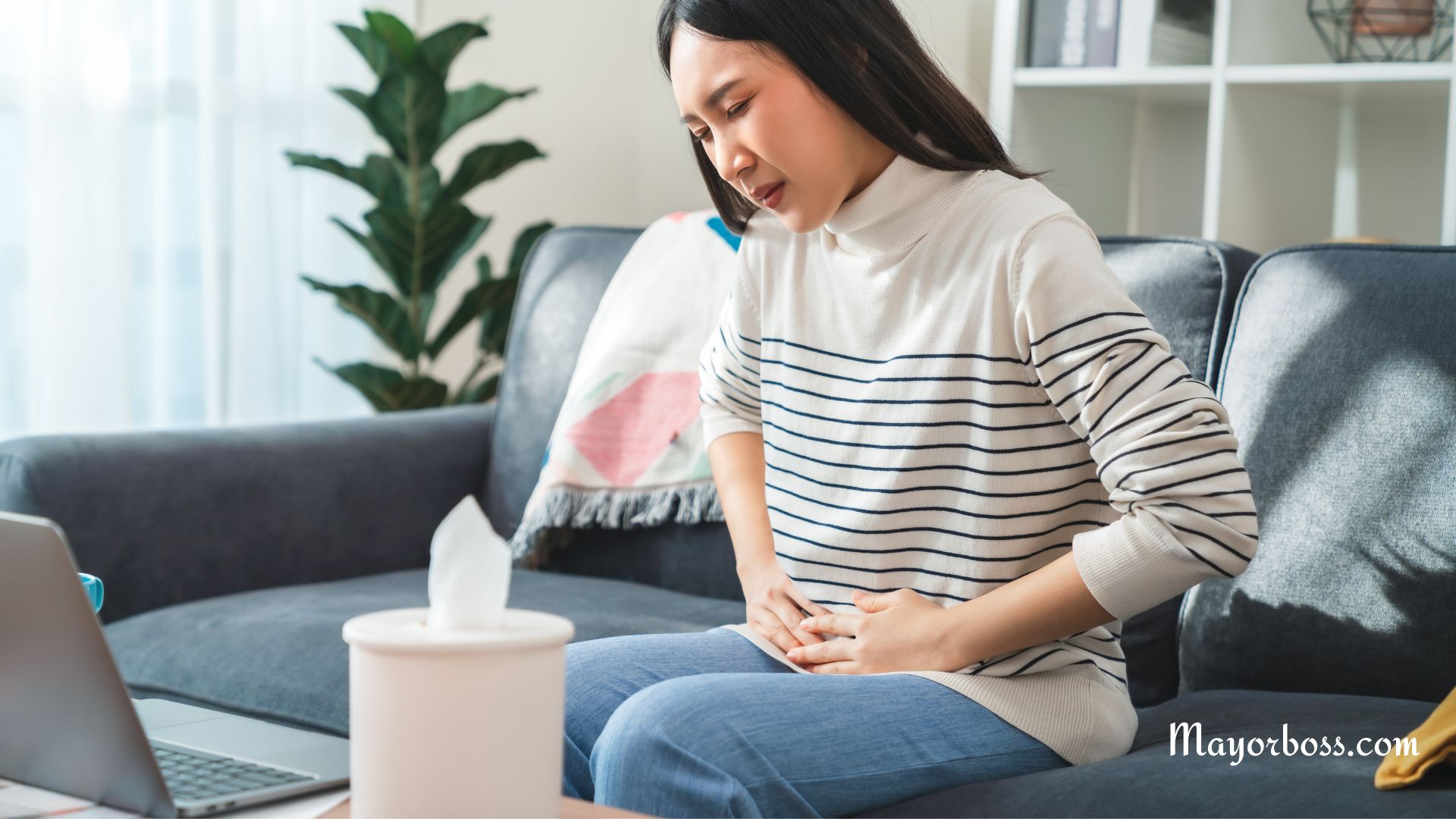What is Perineum Pain?
What Is Perineum Pain? Perineum pain refers to discomfort in the slim patch of skin and muscle that stretches from the genitals to the anus. Although the area looks small, it contains many nerves and blood vessels, so even mild swelling can feel intense. The ache may arrive suddenly after an injury, or it can build slowly over days.

Where Exactly Is the Perineum?
In women, the perineum sits between the vaginal opening and the anus. In men, it lies between the scrotum and the anus. Thin skin, connective tissue, pelvic floor muscles, and nerves crowd into this space, making the region sensitive to pressure, stretching, or infection.12
Common Reasons the Area Hurts
- Childbirth trauma – Vaginal delivery often stretches or tears the tissue. Even a small tear can sting for weeks.
- Surgical cuts or accidental injury – Bike seats that grind, gym mishaps, or groin operations may bruise the perineum.
- Skin or soft‑tissue infections – Folliculitis, abscesses, and sexually transmitted infections inflame the area.3
- Pelvic floor muscle tension – Tight or spasming muscles create an ache that may radiate forward or backward.
- Prostatitis – Inflammation of the prostate presses on nearby nerves, leading to burning or pressure in men.
- Hemorrhoids or anal fissures – Swollen veins or small tears near the anus can spread soreness into the perineal zone.
Common Symptoms of Perineum Pain
Perineum pain feels different for everyone, yet several signs appear again and again.
Aching or throbbing. A steady, dull ache often settles in the slim strip between the genitals and anus. The sensation tends to grow stronger after long sitting spells.
Sharp or stabbing spikes. Sudden jolts can shoot through the area when you cough, sneeze, or shift position on a hard seat.
Burning feeling. Many describe heat or stinging, especially during urination or right after a bowel movement.
Tenderness to touch. Even gentle pressure, such as wiping after toileting, can cause noticeable discomfort.
Visible swelling or redness. Inflamed tissue may look puffy or warm, hinting at infection or recent injury.
Muscle spasms. The pelvic floor can twitch or pulse, sending pain toward the buttocks or inner thighs.
Pressure or fullness. A heavy sensation often accompanies prostatitis in men or pelvic congestion in women.
Pain during intimacy. Intercourse, orgasm, or even mild arousal may provoke sharp or lingering soreness.
Sitting difficulty. People may lean to one side, use a soft cushion, or avoid firm chairs to lessen pain.
Fever or general fatigue. If infection spreads, the body can respond with chills, tiredness, or low‑grade fever.
Not every person experiences every symptom. Still, persistent discomfort plus any sign of infection or trouble with urination or stool calls for prompt medical care.
Risk Factors to Keep in Mind
- Recent childbirth
- Intense cycling or horseback riding
- Pelvic surgery
- Chronic constipation or straining
- Untreated urinary or genital infections
- Long hours sitting without breaks
Knowing these triggers helps you lower the chance of repeat episodes.
When Should You Seek Medical Care?
Call a health professional if any of these occur:
- Pain lasts longer than one week
- Fever, chills, or foul‑smelling discharge develops
- Blood appears in urine or stool
- Passing urine or stool becomes difficult
- Numbness or weakness travels down either leg
Prompt attention limits complications and shortens recovery time.
How Doctors Pinpoint the Cause
A clinician first listens to your story—how the pain began, what eases it, and what makes it worse. A gentle physical exam follows. Depending on the findings, the clinician may order urine tests, swabs, a pelvic ultrasound, an MRI, or stool studies. For muscle‑related pain, a pelvic floor specialist checks strength and tone.
Treatment Options
- Rest and protection – A soft donut‑shaped cushion reduces pressure while sitting.
- Cold or warm therapy – Ice lowers swelling during the first two days; warm sitz baths relax muscles afterward.
- Medication – Over-the-counter pain relievers, muscle relaxants, or antibiotics help alleviate inflammation or infection.
- Pelvic floor physical therapy – Guided stretches, relaxation drills, and biofeedback teach muscles to release tension.
- Procedures or surgery – Draining an abscess or repairing a severe tear may be necessary in rare cases.
Self‑Care Steps at Home
- Soak in a warm sitz bath for 10–15 minutes, two or three times a day.
- Wear loose cotton underwear to keep the area cool and dry.
- Increase fiber and water to soften stool and prevent straining.
- Rinse with a handheld perineal bottle after toileting to lower irritation.
- Practice gentle pelvic floor stretches under the guidance of a qualified therapist.
- Take movement breaks every hour if your job involves prolonged sitting.
Consistency with these habits often speeds healing and reduces flare‑ups.
Prevention Tips
- Switch to a wider, well‑padded bike saddle if you ride often.
- Use proper lifting techniques to avoid sudden groin strain.
- Treat urinary or genital infections as soon as symptoms appear.
- Discuss pelvic floor exercises during pregnancy to prepare the tissue for delivery.
- Keep stools soft through balanced nutrition and hydration.
Impact on Daily Life
Untreated perineum pain can limit exercise, disturb sleep, and strain intimate relationships. Quick action—rest, warm baths, and, when needed, medical evaluation—usually restores comfort within days or weeks. Persistent cases may require longer therapy, yet improvements still occur with targeted care.
Takeaways
Perineum pain is discomfort in the sensitive strip between the genitals and the anus. Childbirth, injury, infection, muscle tension, and prostate issues top the list of causes. Most cases respond well to rest, warm baths, simple medication, and pelvic floor therapy, but ongoing or severe pain deserves a prompt medical check. Early care eases symptoms, prevents complications, and helps you return to normal activities sooner.
